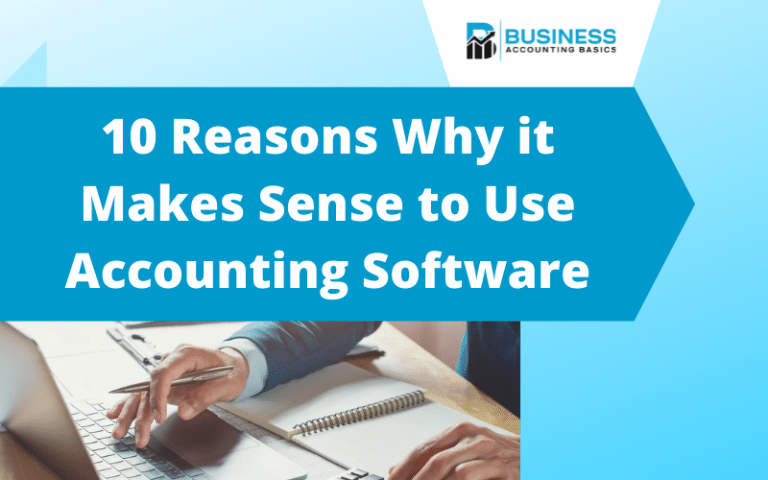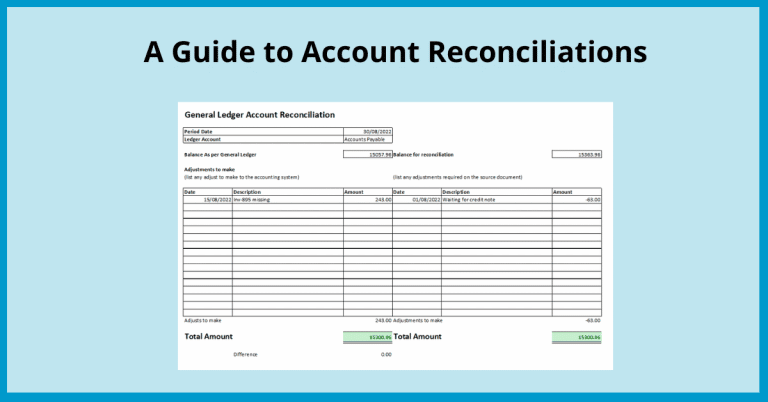Making Tax Digital for Income Tax Self-Assessment
Key Dates for Making Tax Digital
In a recent announcement, the government revealed revised implementation dates for Making Tax Digital for Income Tax Self-Assessment (MTD ITSA). This change aims to give businesses and self-employed individuals more time to prepare for the digital shift in tax reporting.


New Deadlines:
- April 2026: From 6 April 2026, self-employed individuals and landlords with business or property income over £50,000 will have to use MTD for ITSA.
- April 2027: From 6 April 2027, those with incomes over £30,000 will be required to join MTD for ITSA.
- By the end of this Parliament: income over £20,000 will be added (although there is no date set)
The income figures are based on the previous tax return figures. For April 2026, they will use the 24/25 tax return figures.
What if You Earn Under £20,000?
MTD for ITSA is not mandatory for those with business or property income below £20,000. The government is still reviewing whether to include this group in the future, but for now, you can continue with your existing Self-Assessment process.
How to Calculate Your Business Income
Your income is calculated by combining all the income streams for self-employment, including landlords, self-employment and side hustle. For example, someone self-employed has an income of 30,000 and a rental income of 12,000. Their total income is 42,000. Based on these figures, they will start MTD in April 2027.
What is Making Tax Digital?
Making Tax Digital (MTD) for Income Tax is a significant change in how self-employed individuals report their income to HMRC. It moves the tax system into the digital age with digital record-keeping. Instead of filing an annual Self Assessment tax return, you’ll need to use MTD-compatible software to keep digital records of your income and expenses and send quarterly summary updates to HMRC.
This means you’ll have a more real-time view of your tax liability throughout the year. At the end of the tax year, you’ll submit a final declaration through your software, confirming that the information you’ve provided is accurate and complete. This shift aims to reduce errors, make it easier to stay on top of your tax affairs and simplify the tax process for self-employed people.
What Does Making Tax Digital Mean for You?
The delay provides a welcome breathing space, but it’s important not to become complacent. Here’s how you can use this extra time effectively:
- Familiarise Yourself with MTD: Take the time to understand what MTD for ITSA entails. This involves using compatible software to keep digital records and submit quarterly updates to HMRC.
- Choose the Right Digital Tools: Research and select MTD-compliant software that suits your business needs. Many options are available, so explore different features and pricing plans.
- Get Organised: Start organising your financial records digitally. This will make the transition to MTD smoother when the time comes.
- Seek Professional Advice: If you’re unsure about any aspect of MTD, don’t hesitate to consult an accountant or tax advisor. They can provide valuable guidance and support.
MTD for Income Tax – Reporting Dates
Under MTD for ITSA, if you’re self-employed or a landlord with a personal income over £50,000 (from April 2026), you’ll need to send quarterly updates to HMRC using compatible software.
Income Quarterly Updates Periods and Deadlines
You’ll send quarterly updates for these periods:
- 6 April – 5 July → due by 7 August
- 6 July – 5 October → due by 7 November
- 6 October – 5 January → due by 7 February
- 6 January – 5 April → due by 7 May
You can also opt for calendar quarters, but payments are still due by the 7th of the following month.
- 1 April – 30 June → due by 7 August
- 1 July – 30 September → due by 7 November
- 1 October – 31 December → due by 7 February
- 1 January – 31 March → due by 7 May
Each quarterly update includes your year-to-date income and expenses, not just the current quarter. So, by the final update, HMRC will see your full tax-year figures.
After the Quarterly Updates
You’ll still need to:
Submit a self-assessment tax return, Final Declaration, to confirm your total income from all sources and calculate the final tax bill for income tax.
Submit an End of Period Statement (EOPS) – to make any accounting adjustments and claim reliefs.
Self-Assessment Income Tax Payments
The payment dates will remain the same, but having quarterly figures for income tax will assist in knowing how much you owe. The payment dates will remain 31st July for payment on account and 31st January for a balancing payment.
Benefits of Making Tax Digital for Income Tax Self-Assessment:
While the transition to MTD might seem daunting, it also brings several benefits:
- Real-Time Information: You’ll have a clearer picture of your tax position throughout the year, helping you budget and plan more effectively.
- Reduced Errors: Digital record-keeping minimises the risk of manual errors, leading to more accurate tax returns.
- Simplified Processes: MTD streamlines tax reporting, making it less time-consuming and stressful.
Best MTD ITSA Accounting Software
To comply with MTD for ITSA, you must use HMRC-approved software to keep digital records and send updates. Here are some of the most popular and trusted options for small business owners and landlords, including free software products:
1. QuickBooks Online
- Easy to use with a clean interface
- Great for sole traders and small businesses
- Tracks income, expenses, mileage, and VAT
- MTD-compliant and integrates with bank accounts
- Offers strong support and training resources
2. Xero
- Cloud-based and very user-friendly
- Ideal for small to medium-sized businesses
- Tracks income, expenses, invoices, and cash flow
- MTD-ready and great for multi-user access
- Offers powerful reporting tools
3. Sage Accounting
- Trusted by many UK businesses for decades
- Strong features for invoicing, banking, and tax
- Fully MTD-compliant
- Offers options for both small and growing businesses
- Good support and scalability
4. FreeAgent
- Designed for freelancers, contractors, and small businesses
- Free with some business bank accounts (e.g. NatWest, Mettle)
- MTD-compatible and straightforward to use
- Includes invoicing, expense tracking, and time tracking
- Great choice if you want something straightforward
Each platform meets HMRC’s MTD requirements and helps make recordkeeping and tax reporting easier. The right one for you depends on your business size, budget, and the features you need.
Digital Record Keeping Bridging Software
If you still use spreadsheets to track your income and expenses, you don’t necessarily need to switch to full accounting software right away. Instead, you can use bridging software to stay MTD-compliant.
Bridging software acts as a link between your spreadsheet and HMRC. It takes the data you’ve entered and submits it in the correct format through an MTD-compliant gateway.
123 Sheets
One of the most well-known options is 123 Sheets. It’s simple, affordable, and approved by HMRC. Key features include:
- Designed specifically for MTD (VAT and ITSA)
- Works directly with Excel spreadsheets
- No need to change how you record your data
- Easy to use and good support
Bridging software is an excellent option if:
- You’re comfortable with spreadsheets
- You want to avoid monthly software fees
- Your bookkeeping is fairly straightforward
However, it may not offer extra features like automated bank feeds, invoicing, or expense tracking, which full MTD software does provide.
Making Tax Digital for Income Tax Beta Testing
HMRC runs a beta testing programme for Making Tax Digital for Income Tax Self-Assessment (MTD for ITSA). This allows individuals to sign up and start using the system before it becomes mandatory in April 2026.
Why Join the Beta Test?
- Get familiar with quarterly reporting and digital recordkeeping early
- Spot any issues before the full rollout
- Work with your accountant or software provider to adjust your processes
- Reduce the last-minute stress of compliance
Who Can Join?
To join the beta, you must:
- Be a sole trader or landlord
- Use MTD-compatible software
- Have up-to-date Self Assessment records with HMRC
Advice from a Bookkeeper or Accountant
If you are unsure or do not have the time to maintain digital records, it is best to seek the advice or services of a bookkeeper or accountant. Although this will add additional costs, it will give you peace of mind.
It is best to do this as soon as you can, as they will have additional work for existing clients and space might be limited for taking on new business.
MTD for Partnerships
Currently, there are no plans to introduce MTD income tax for partnerships. Partnerships are expected to be included in the future, so preparing for the future and looking at digital records is worth doing.
MTD for ITSA Conclusion:
Although the MTD for ITSA deadlines are in the future, it’s crucial to start preparing now. Use this time wisely to get organised, choose the right software, and ensure a smooth transition to the new digital tax system. Remember, embracing MTD is not just about compliance; it’s about harnessing technology to improve your financial management and make tax season less taxing.
Additional Tips:
- Stay Informed: Watch for further updates from HMRC regarding MTD for ITSA.
- Test Your Software: Once you’ve chosen your software, use it to familiarise yourself with its features and ensure it meets your needs.
- Don’t Panic. The shift to MTD is a gradual process. If you encounter any difficulties, contact HMRC or seek professional advice.
Remember, the key is to be proactive and prepared. By taking action now, you can ensure a seamless transition to Making Tax Digital for Income Tax Self-Assessment and reap the benefits of digital tax reporting.
Further guidance is available on the HMRC website.







